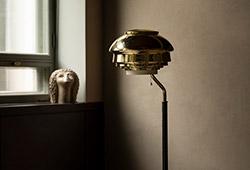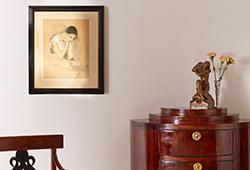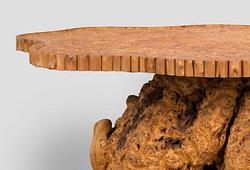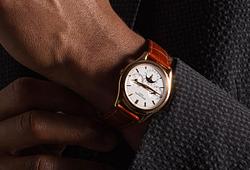A pair of Swedish 17th century filigree and parcel-gilt silver beakers and covers, mark Rudolf Wittkopf, Stockholm 1698.
Marked with the Kremlin mark and an inventory number; 1562 and 1563. Height 26 cm, weight 1.028 and 1.029 grams.
Provenance
The beakers were a diplomatic gift from Karl XII to Peter the great in 1699, they are marked with the Kremlin mark and an inventory no (Opis 1562-1563).
The beakers were sold by the Soviet state through Bukowskis in 1931 and then again in 1998 at Bukowskis Auction 510, lot no 830.
Exhibitions
Svenskt Silver 1680-1800, Stockholm 1934, cat. no 28;
Silverskatter från svensk stormaktstid, Nationalmuseeum / Stiftelsen Läckö Slott och Statens fastighetsverk, Halmstad 2002; p. 108, cat. no 20-21.
Silver, Makt och prakt i barockens Sverige, Nationalmuseeum m.fl, Stockholm 2003; p. 165-166.
Orjol i Lev, Stockholm 2001; p. 149.
Literature
Susann Silfverstolpe, Angella Kudriavtseva and Irina Zagorodniaja, Stockholm 2014; Silver gifts from Swedish monarchs to Russian tsars during the seventeenth century, p. 79-85, p. 378-379, catalog no 183-184.
Martin 1899, p. 33, image 50.
More information
Sixteen filigree beakers, of different sizes, were included in the diplomatic gift from 1699. Unfortunately none of the larger beakers are still kept in the Kremlin, only a pair of the smaller beakers and a pair of filigree boxes. We know this as documents have been found in the Russian state archives showing that several of the beakers from the Swedish gift were moved, on the order of Alexander Mensjikov, to the Preobrazjensko Palace, only one and a half month after the audience. Most likely all of the filigree beakers at Preobrazjensko were destroyed in a fire after the celebrations of the victory over the Swedes in 1721.







































































